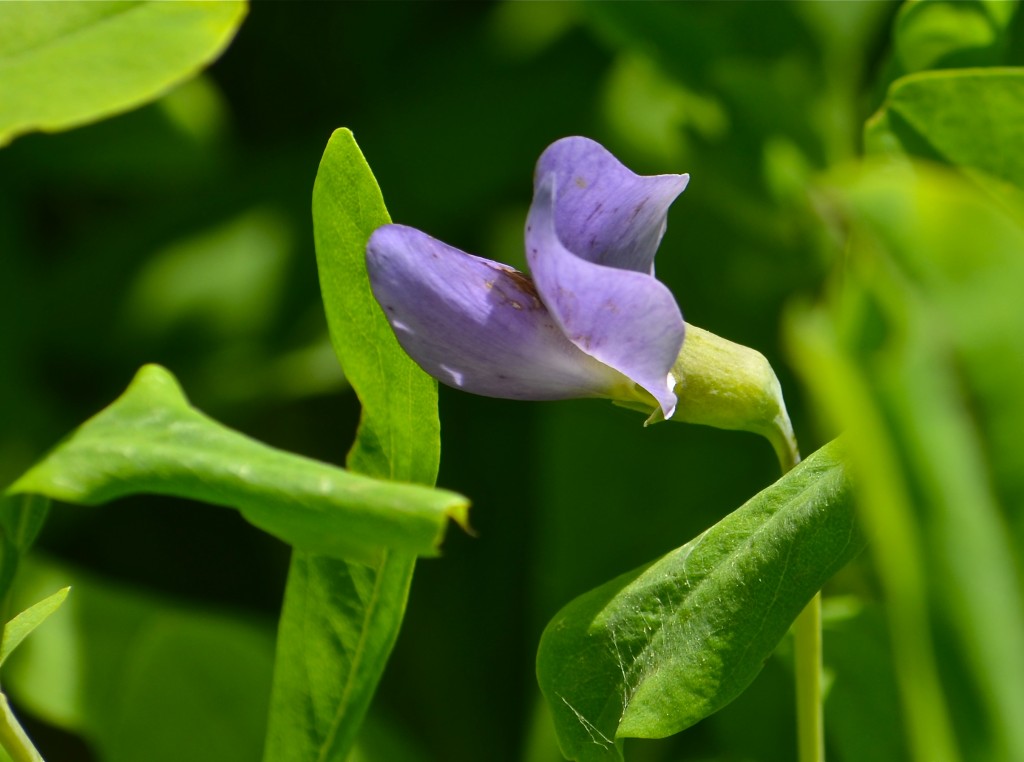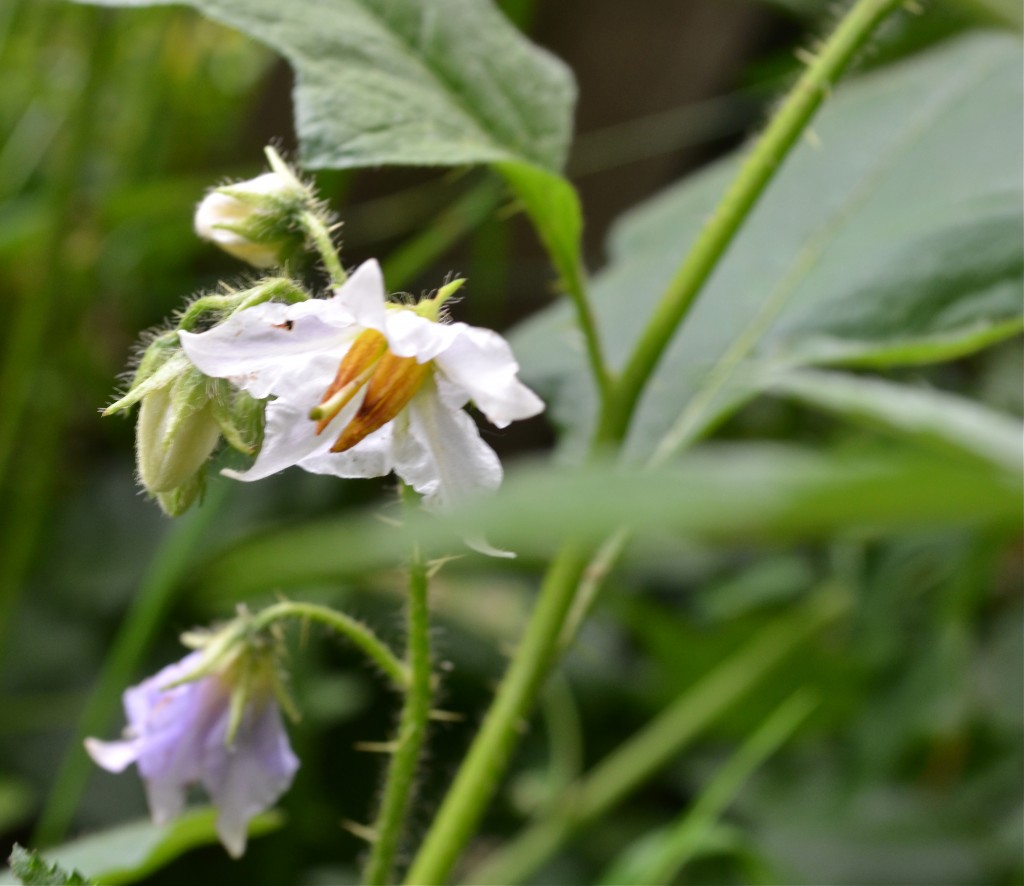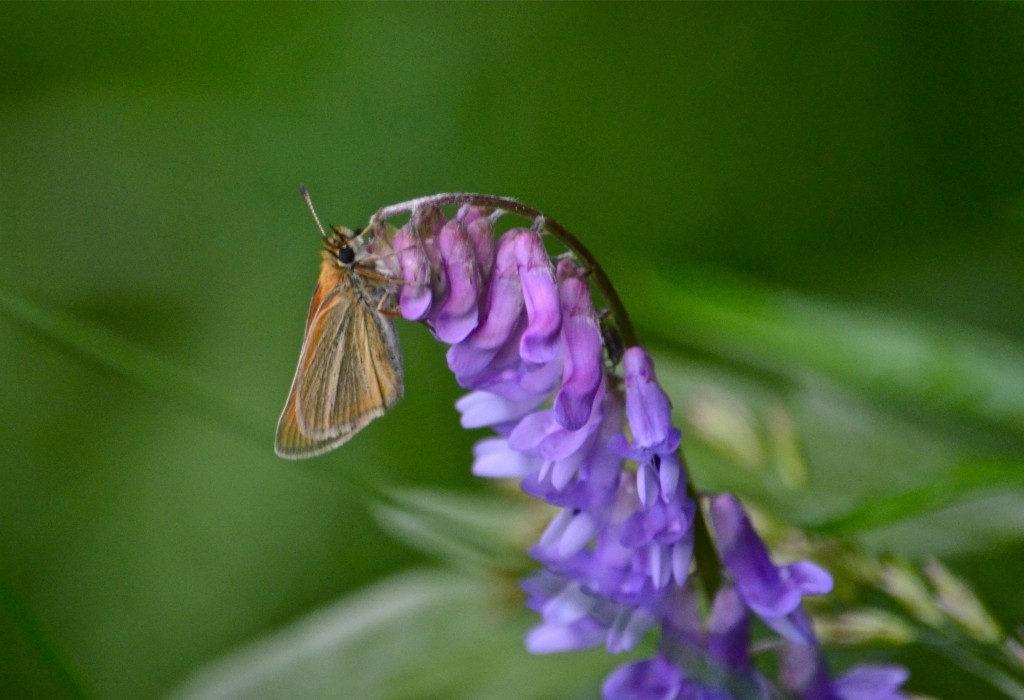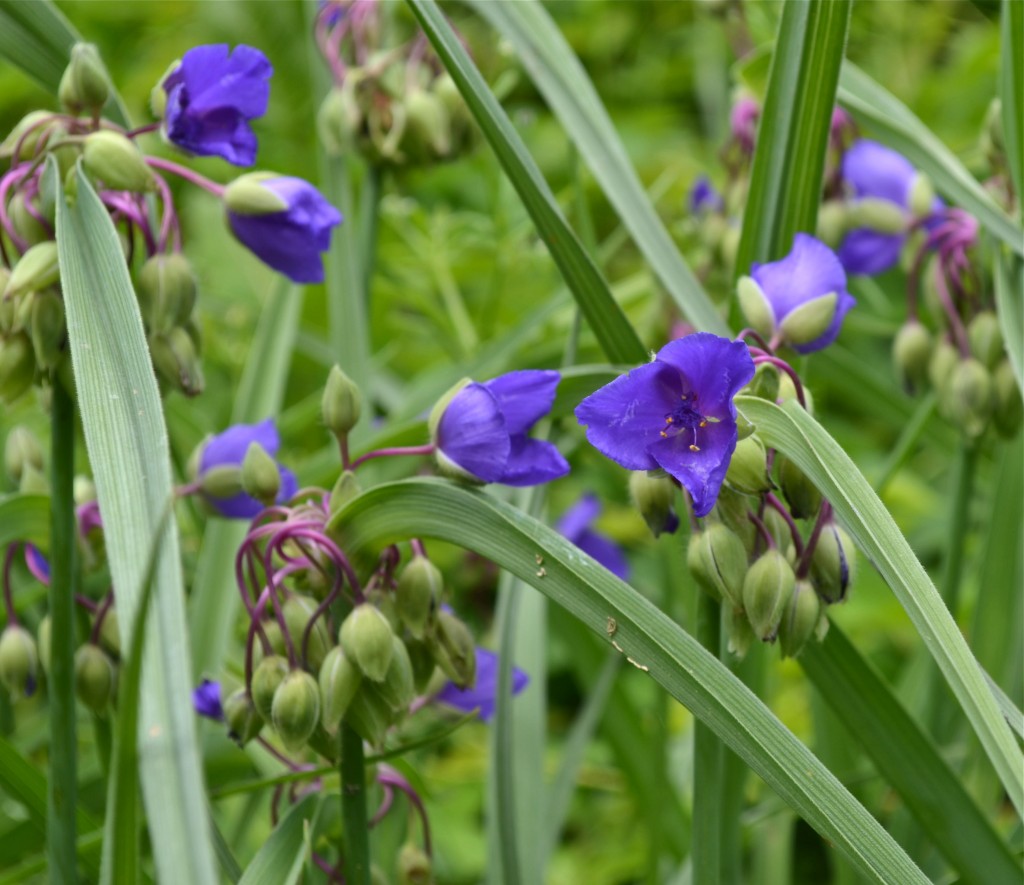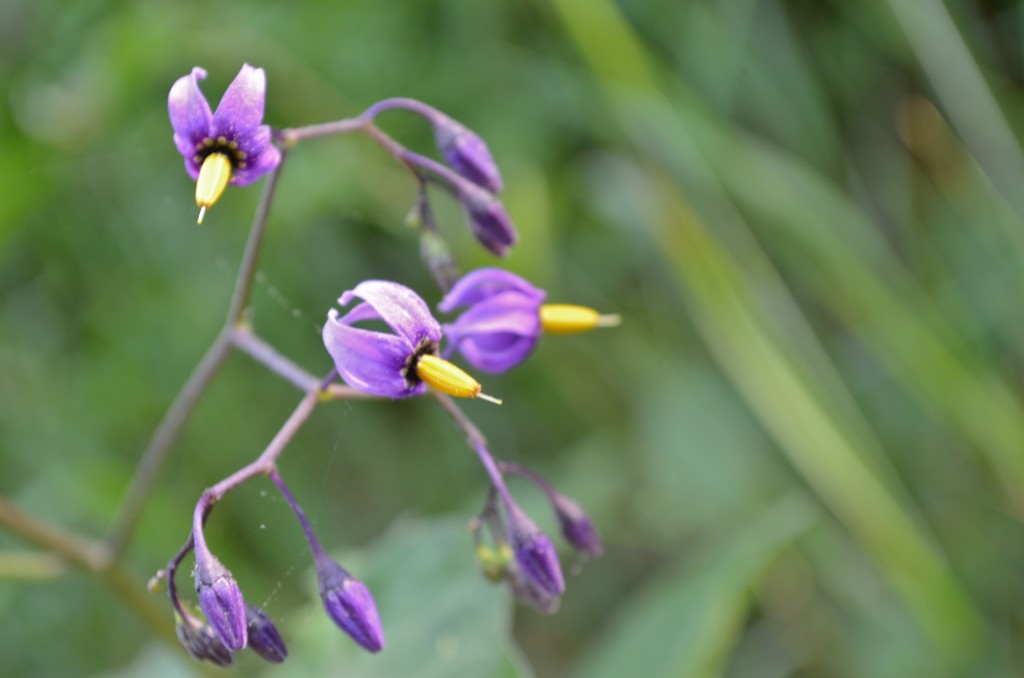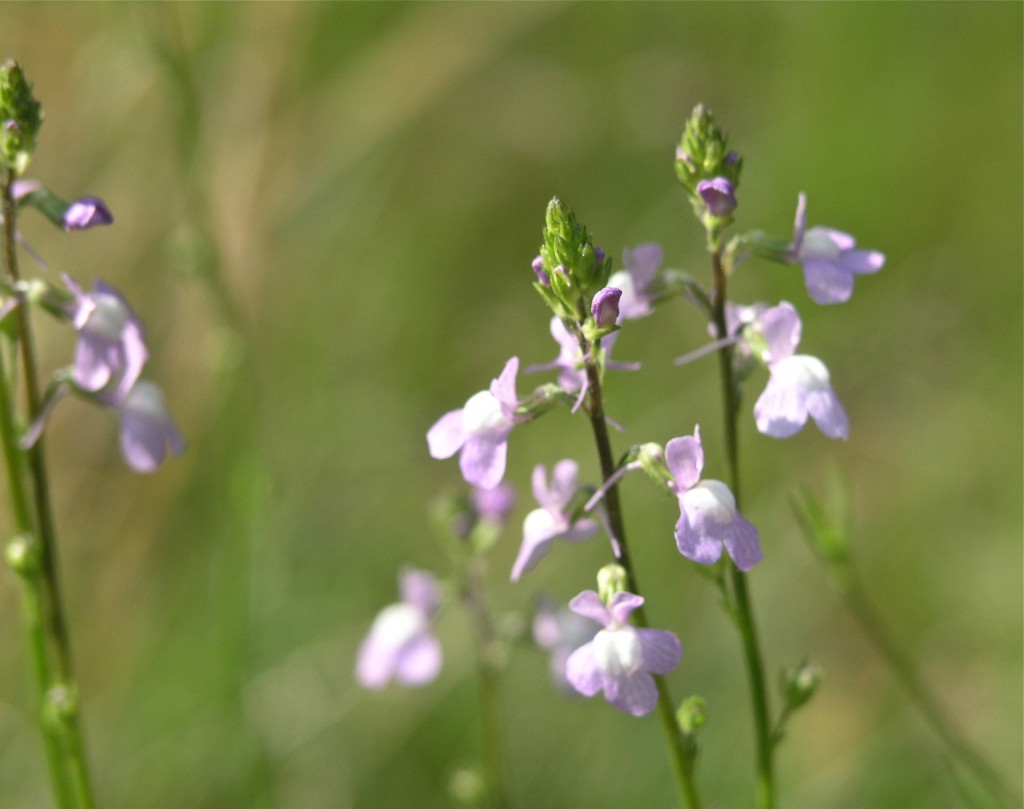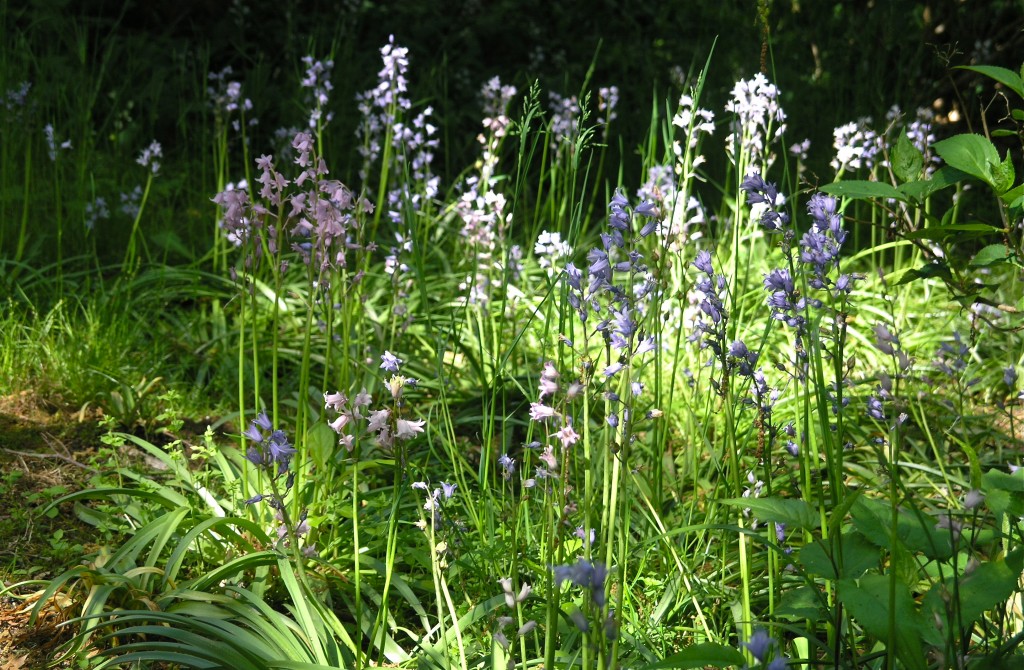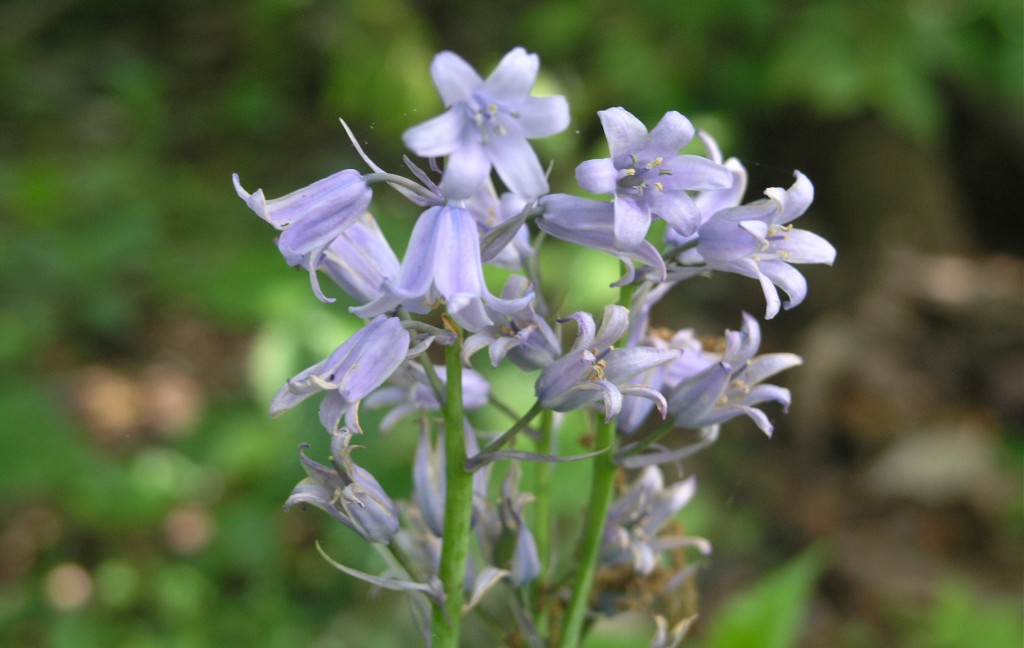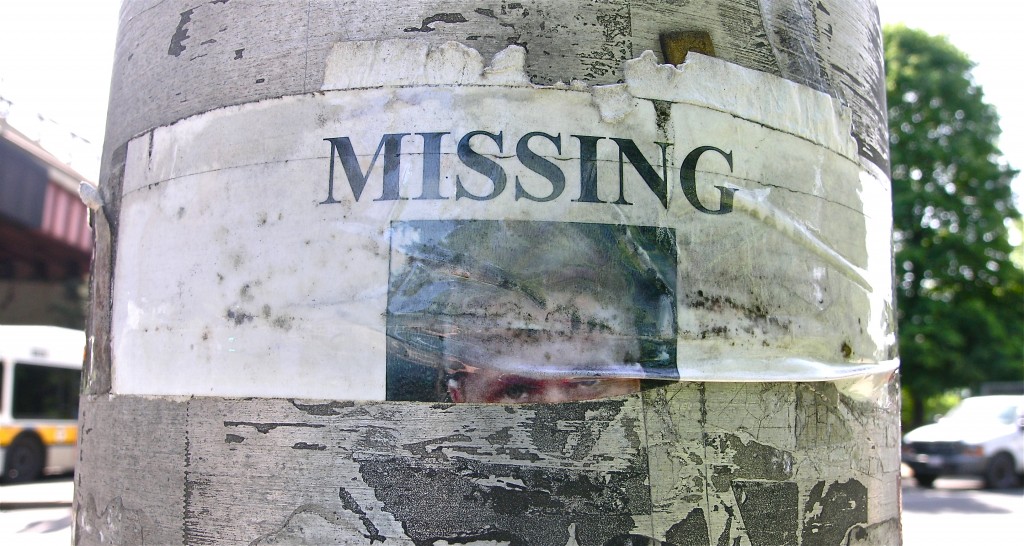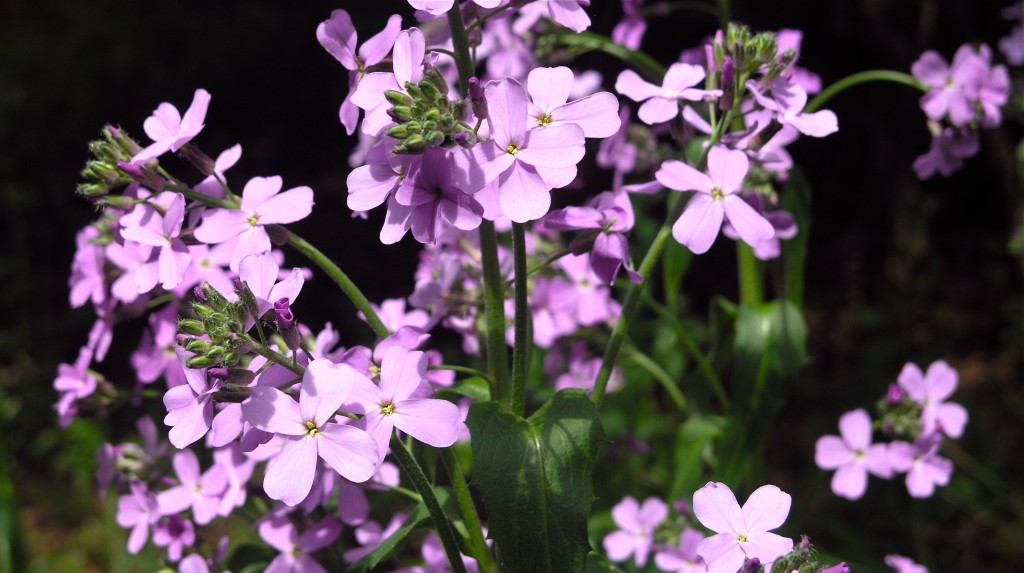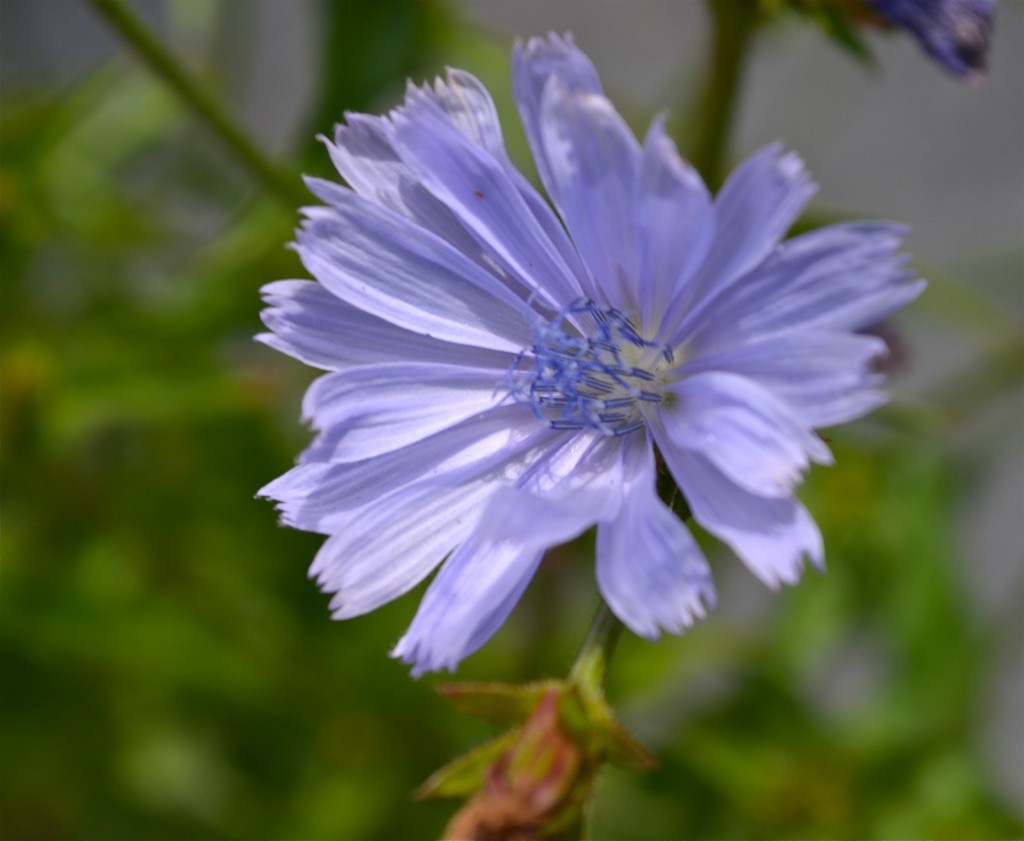 This must have a short blooming season, because I noticed a large area blooming in front of a long-empty house, and a couple of days later when I came back with a camera, there were very few blooms left. Many parts are edible, but the interesting thing is that you can roast and grind the roots, and brew them as a coffee substitute or additive. Has a smooth taste, no caffeine, and is still included in New Orleans-style blends. Also known to be toxic to internal parasites — now THAT’s coffee. Also, the chicory plant is one of the earliest plants mentioned in literature, and was cultivated in ancient Egypt. Native to Europe.
This must have a short blooming season, because I noticed a large area blooming in front of a long-empty house, and a couple of days later when I came back with a camera, there were very few blooms left. Many parts are edible, but the interesting thing is that you can roast and grind the roots, and brew them as a coffee substitute or additive. Has a smooth taste, no caffeine, and is still included in New Orleans-style blends. Also known to be toxic to internal parasites — now THAT’s coffee. Also, the chicory plant is one of the earliest plants mentioned in literature, and was cultivated in ancient Egypt. Native to Europe.
Chicory, Wild Succory (Cichorium intybus)
 This is in the medicinal garden at Elm Bank. A bee happened to fly through the frame as I was shooting! A perennial herb, native to Europe. Evidently it has historic medicinal uses, especially as a topical ointment, but is poisonous if taken internally. One of the common names was “knitbone.”
This is in the medicinal garden at Elm Bank. A bee happened to fly through the frame as I was shooting! A perennial herb, native to Europe. Evidently it has historic medicinal uses, especially as a topical ointment, but is poisonous if taken internally. One of the common names was “knitbone.”
